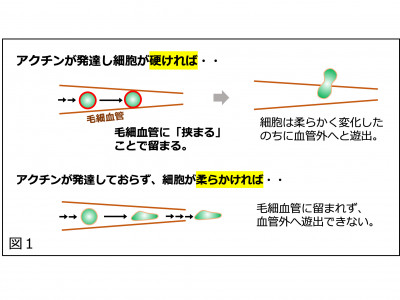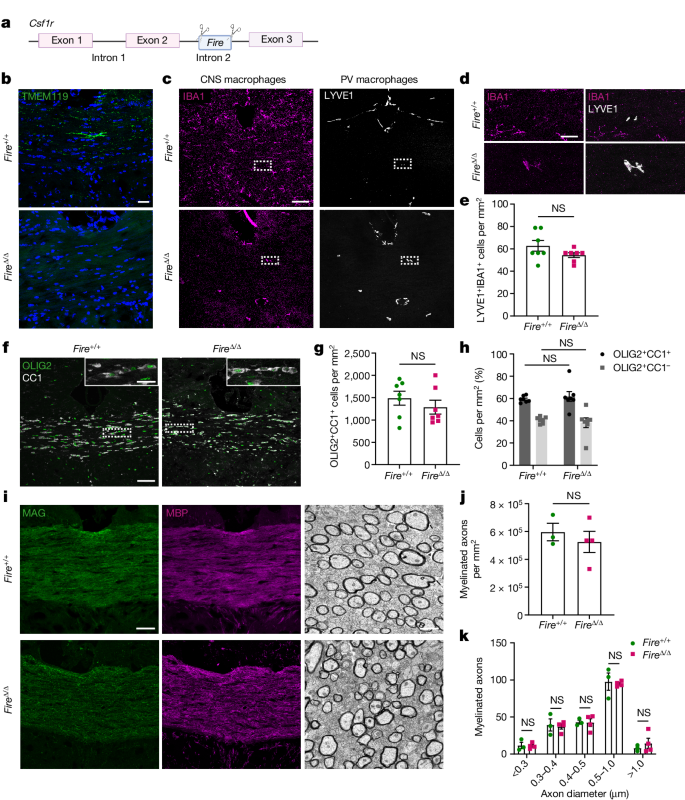2022-12-14 ワシントン大学セントルイス校
しかし、その作業の前に知る必要があった。排水のサンプルに含まれる個体数は、どのようにして求めることができるのだろうか?
マッケルビー工学部エネルギー・環境・化学工学科のリン助教授は、同僚との偶然の出会いから、廃水に含まれるさまざまな微生物を使って、それらが何人の個人を代表しているかを推測する機械学習モデルを開発しました。今後、この手法により、廃水中の他の特性も個人レベルのデータと結びつけることができるようになるかもしれません。
この研究は、学術誌『PLOS Computational Biology』に掲載された。
<関連情報>
- https://source.wustl.edu/2022/12/precision-insights-can-be-found-in-wastewater/
- https://journals.plos.org/ploscompbiol/article?id=10.1371/journal.pcbi.1010472
マイクロバイオームセンサスは、腸内細菌叢の個人間変動に基づき、廃水サンプルからヒトの人口規模を推定します。 MicrobiomeCensus estimates human population sizes from wastewater samples based on inter-individual variability in gut microbiomes
Lin Zhang,Likai Chen,Xiaoqian (Annie) Yu,Claire Duvallet,Siavash Isazadeh,Chengzhen Dai,Shinkyu Park,Katya Frois-Moniz,Fabio Duarte,Carlo Ratti,Eric J. Alm,Fangqiong Ling
PLOS Computational Biology Published: September 23, 2022
DOI:https://doi.org/10.1371/journal.pcbi.1010472
Abstract
The metagenome embedded in urban sewage is an attractive new data source to understand urban ecology and assess human health status at scales beyond a single host. Analyzing the viral fraction of wastewater in the ongoing COVID-19 pandemic has shown the potential of wastewater as aggregated samples for early detection, prevalence monitoring, and variant identification of human diseases in large populations. However, using census-based population size instead of real-time population estimates can mislead the interpretation of data acquired from sewage, hindering assessment of representativeness, inference of prevalence, or comparisons of taxa across sites. Here, we show that taxon abundance and sub-species diversisty in gut-associated microbiomes are new feature space to utilize for human population estimation. Using a population-scale human gut microbiome sample of over 1,100 people, we found that taxon-abundance distributions of gut-associated multi-person microbiomes exhibited generalizable relationships with respect to human population size. Here and throughout this paper, the human population size is essentially the sample size from the wastewater sample. We present a new algorithm, MicrobiomeCensus, for estimating human population size from sewage samples. MicrobiomeCensus harnesses the inter-individual variability in human gut microbiomes and performs maximum likelihood estimation based on simultaneous deviation of multiple taxa’s relative abundances from their population means. MicrobiomeCensus outperformed generic algorithms in data-driven simulation benchmarks and detected population size differences in field data. New theorems are provided to justify our approach. This research provides a mathematical framework for inferring population sizes in real time from sewage samples, paving the way for more accurate ecological and public health studies utilizing the sewage metagenome.
Author summary
Wastewater-based epidemiology (WBE) is an emerging field that employs sewage as aggregated samples of human populations. This approach is particularly promising for tracking diseases that can spread asymptomatically in large populations, such as the COVID-19. As a new type of biological data, sewage has its own unique challenges to utilize. While wastewater samples are usually assumed to represent large populations, the assumption is not guaranteed at locations closer to residences due to stochasticity in toilet flushes; thus, unlike epidemiological experiments collecting data from individuals, sample size, herein the human population size represented by a wastewater sample, is a fundamental yet difficult-to-characterize parameter for sewage samples. Researchers would need to aggregate data from large areas and week-long collection to stabilize data, during which, important spikes in small areas or short time scales may be lost. It also remains challenging to turn viral titers into case prevalences, evaluating representativeness, or comparing measurements across sites/studies.
This study provides a framework to estimate human population size from sewage utilizing human gut-associated microorganisms. Through analysis, we demonstrate that variance of taxon abundances and single-nucleotide polymorphism as two variables that change with population size. We provide a new tool MicrobiomeCensus that performs population size estimation from microbial taxon abundances. MicrobiomeCensus outperforms generic algorithms in terms of computational efficiency while at comparable or better accuracy. Using MicrobiomeCensus, we detected population size differences in sewage samples taken in Cambridge, MA, under two sampling approaches, i.e., “grab” or “composite” sampling. This study provides a framework to utilize individual-level microbiomes to learn from sewage, paving the way to prevalence estimation and improved spatio-temporal resolutions in WBE.


